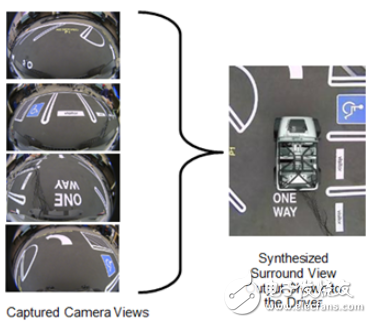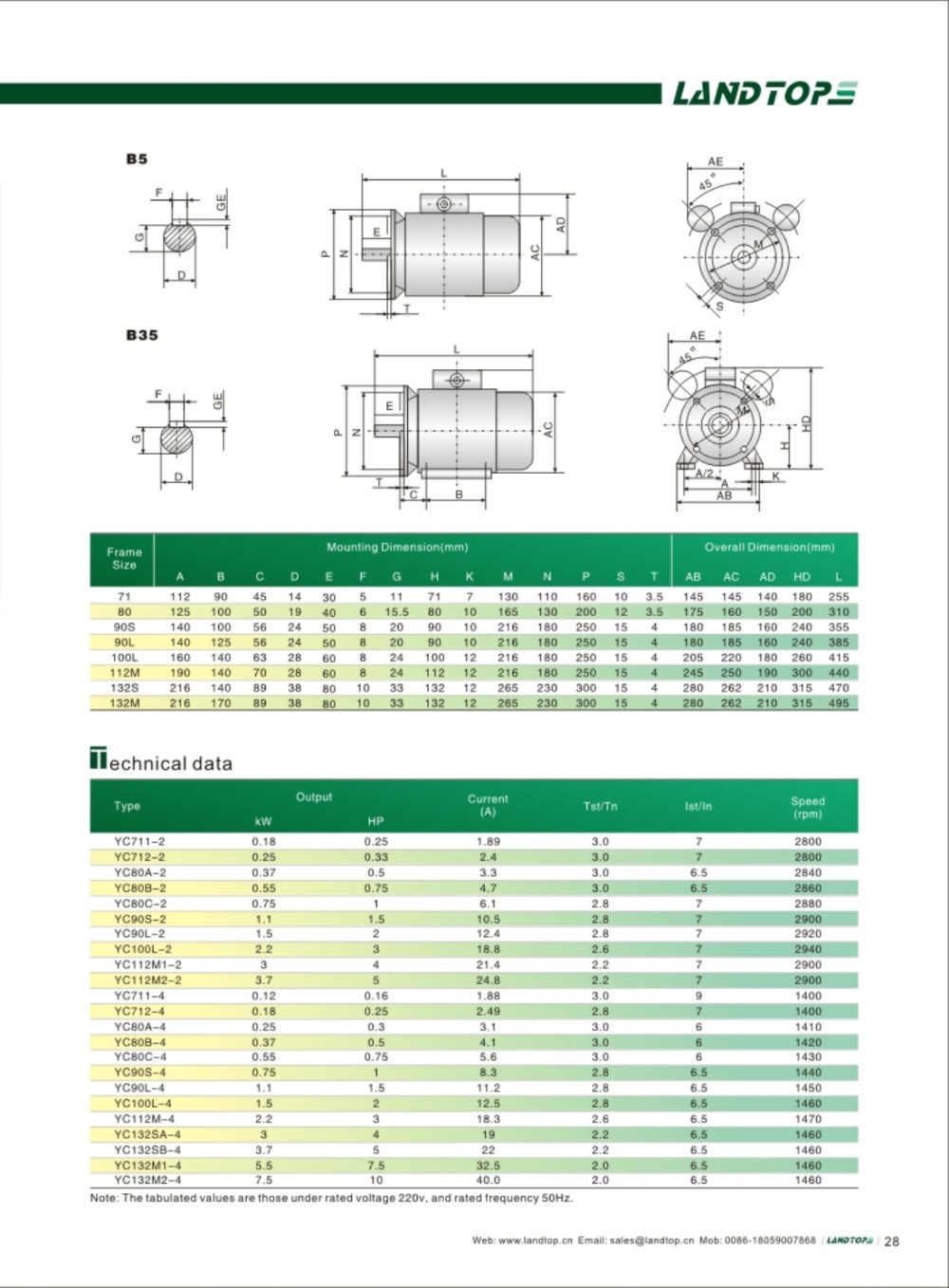When we play a racing game on a computer, the player's perspective is usually above or at the end of the car, so we can see the surroundings of the car. This perspective can help us understand the traffic situation in real time and drive the car better. Unfortunately, we don't have such a perspective when driving a car in real life. However, with the introduction of the car's surround vision system (also known as "bird's eye view" or "ring view"), this situation is gradually changing. Looking around is an Advanced Driver Assistance System (ADAS) technology that provides a real-time view of the 360° panoramic camera view of the car and the surrounding area to ensure safe driving in parking or other low-speed driving situations. In real life, there is no camera installed on the top of the car. The bird's eye view seen by the driver is actually a virtual view of 4 to 6 fisheye cameras mounted around the body, as shown below.

As the surround system is being used more and more in cars, we have seen several key trends. First, the visual quality is gradually improving. Early surround systems used low-resolution cameras and never attempted to apply seamless stitching. Pictures taken by different cameras are replaced with black bars at the border when they are integrated. A more advanced system allows the view to be seamlessly seamless, making the bird's-eye view more realistic and accurate. The example shown above comes from a vision system based on Texas Instruments' TDA2x, which uses seamless stitching. Achieving seamless splicing requires advanced geometric and optical alignment algorithms, and TI's digital signal processor (DSP) can efficiently meet such needs. Visual quality can be further improved by applying a wide dynamic range (WDR) imaging algorithm in the surround vision system. The situation we encountered during driving a car was complicated, and sometimes there were significant differences in brightness between different parts of the body, such as when the car was driven out of the garage. In this case, WDR imaging can help create a look-and-view output that makes both dark and bright areas visible. A variant of the TI TDA3x processor has WDR imaging capabilities for use in surround vision systems.
Another potential improvement in visual quality is video interference filtering. When using the surround vision system at night, the camera output usually has a large image quality disturbance due to low brightness. Advanced video interference filtering algorithms can reduce image quality interference and improve the quality of the view. The TDA3x processor provides high quality video interference filtering.
The surround system typically only contains a bird's eye view of the camera from top to bottom. By adding additional features, the camera angle of view can be dynamically changed so that the driver can view the car from different directions and select the angle of view they need. This is done with GPU-based rendering. The TDA2x System-on-Chip (SoC) features the SGX544 graphics engine for 3D viewing with dynamic camera viewing.
There are other improvements to the advanced surround system, such as lifting the rendering of objects located near the car. Current surround systems also stretch such objects when rendering them. In some cases, artifacts are created when these objects are near the splicing boundary. More advanced algorithms will reduce such distortions in the future and make the output video look more realistic.
In addition to the visual quality improvement trends discussed above, there is another interesting trend to add intelligent algorithms to the look-around to detect certain events and alert the driver in an emergency. Pedestrians and other objects around the car can cause collisions, so it is important for the driver to know the information around the car. A visual algorithm for analyzing the surround video can detect these objects and repeatedly issue warning messages on the surround display to ensure the driver's attention. These algorithms also allow additional sensors (such as ultrasound) to be integrated with the surround camera system for higher robustness. In the future, we can even expect to use the surround system to achieve autonomous driving at low speeds.
YC/YCL Single-Phase Electric Motor
Single-Phase Electric Motor Suppliers
YC/YCL series single-phase cast iron housing induction motor
YC, YCL series heavy-duty 1 phase motors are totally enclosed fan cooling type. It is cast iron housing high starting torque motors. Motors of this series are integrated with up-to-date design, manufactured with the best quality materials, possess the features of pleasant looking and meet the IEC standard.
Application:
This series motor is suitable for small size machine tools and water pumps, especially for family workshops where only single-phase power supply is available.
Operating Condition:
| Ambient temperature | -15°c to 40 °c |
| Altitude | ≤1000m |
| Rated voltage | 220V, 230V, 240V, 110V, 115V, 120V, etc |
| Rated frequency | 50HZ, 60HZ, 50HZ/60HZ |
| Duty | Continuous(S1) |
| Insulation class | Class B, Class F |
| Protection class | IP44, IP54, IP55 |
| Cooling method | IC0141 |
Note:
The voltage and frequency could be made according to your requirements. If there is any question or need, welcome to contact us.


YCL Single-Phase Electric Motor,YC Single-Phase Electric Motor,Single Phase Electric Motor,AC Fan Motor
FUZHOU LANDTOP CO., LTD , https://www.landtopco.com